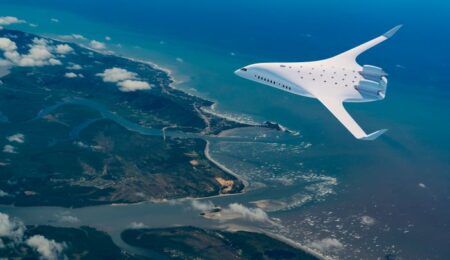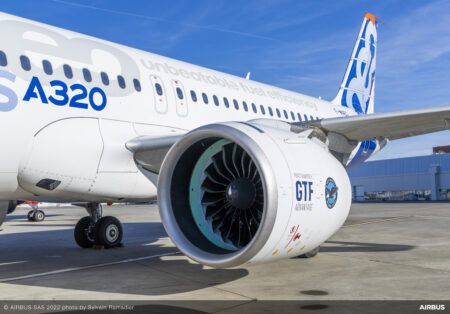Safran Nacelles has enhanced its Shanghai, China, team supporting the C919 jetliner program, in preparation for the flight testing and industrialization of the aircraft which is equipped with a new-generation integrated propulsion system incorporating the company’s innovative O-Duct thrust reverser.
The staff reinforcements include transfer of the C919 Nacelle’s project manager position from Safran Nacelles’ headquarters in Le Havre, France, to Shanghai, China – the first time such program responsibility has been located outside of the company’s French headquarters – where the aircraft is assembled by the Commercial Aircraft Corporation of China (COMAC).
Manuel Rodriguez Arenas, formerly Nexcelle’s on-site nacelle architect and integration leader in Shanghai, has been assigned the role of Safran Nacelles’ C919 project manager, and an additional Safran Nacelles engineer from France will be assigned to Shanghai from June, providing on-site leadership for flight test activities.
In addition, Chinese nationals working for Safran Nacelles at Shanghai have assumed new responsibilities in acknowledgement of their performance in supporting the C919 nacelle system during the past seven years.
“Based on their significant program contributions, we are now giving industrial and technical leadership duties to our Chinese colleagues here in Shanghai,” explained Arenas.
Nacelle systems for the twin-engine C919 were developed in the Nexcelle joint venture of Safran Nacelles and GE Aviation’s Middle River Aircraft Systems (MRAS), and their design incorporates the new O-Duct thrust reverser concept pioneered by Safran Nacelles. These nacelle systems are installed on the C919’s two LEAP-1C turbofan engines, produced by the CFM International 50/50 joint company of GE and Safran Aircraft Engines.
Arenas noted the C919’s O-Duct thrust reverser had served its purpose during the jetliner’s high-speed ground runs at Shanghai’s Pudong International Airport. They culminated when the aircraft’s nosewheel raised from the runway for the first time last month – followed by the O-Duct thrust reverser’s deployment for the aircraft’s deceleration.
“After this high-speed test, the COMAC pilots expressed their satisfaction with the O-Duct’s performance, and the C919 was approved for its maiden flight,” Arenas added.
The C919 marks a first use of Safran Nacelles’ innovative O-Duct thrust reverser, which reduces weight, increases thrust reverser efficiency and facilitates engine maintenance. It also contributes to improving overall maintenance for the LEAP-1C propulsion system, resulting from easier access to the powerplant’s engine core and the thrust reverser components.
May 3, 2017




